In 1854, Louis Pasteur observed that “chance favors the prepared mind.” More than a century later, Woody Allen quipped that “seventy percent of success in life is showing up.” These quotes by a scientist and a comedian can be distilled into a nature photographer’s mantra: Show up prepared.
With the global ubiquity of cameras and photo enthusiasts, photographers amount to what is likely the biggest artists community in the world. Since taking snapshots is so simple that they occur by the billions, the conventional wisdom is that a great photo simply requires being at the right place at the right time. Have you noticed how some photographers have an uncanny knack for this? With preparation, you play with loaded dice. The word “prepare” is of particular importance here because there are two types of preparation that put the odds in your favor.
First, do your homework and anticipate the composition and light before it happens. Scout the scene before sunrise or sunset and know the times of day the light is likely to be enchanted. A simple way to find some of the best locations is to look at the local postcards and posters and make note of where the photos were taken. Chances are that if you find your way to one of these locations, you won’t be alone because others have done their homework as well. Welcome to the artists community. Some might argue that taking the same picture as everyone else is boring, cliché, or worse, plagiarism. Nonsense, nature is the first artist and she never duplicates herself. Moreover, few of us have the luxury of time to find the ever dwindling unique vantage point. Prepare to find the best locations and you’ll be in good company.
Second, prepare your equipment for the task at hand. This means having fresh batteries, plenty of room on your memory card and carry your tripod. I once arrived in the predawn twilight at a popular Grand Teton location. A line of tripods waited at the water’s edge for the start of dawn’s light show. When golden light finally poured down the face of the Teton and camera shutters began their chorus, the fellow next to me groaned as his camera shut off because his only battery was exhausted. I scrambled through my gear and offered him one of mine, but it was the wrong type. He got a very early start on his day, only to watch a bunch of other photographers happily taking pictures. A simple habit that helps avoid this fate is to do something I call parking my camera. Before every potential shoot, I check the battery, memory, and settings to make sure they’re ready to go for the anticipated photo session.
Of course, the biggest part of preparing your equipment is having it with you. All those megapixels are useless in the car or closet. Over the years, as I have gradually lost the battle with gravity, I’ve embraced the lighter, smaller, faster idea… well, at least lighter and smaller. In the early days, I wore a 60 pound pack with an additional 25 pounds of camera gear like a testosterone infused badge of honor. Today, that’s simply no longer an option. Since the best gear is the gear you have with you, I suggest using a camera and tripod that you’re always willing to bring along. For me, that means light is right. If you’re still young and strapping, well then by all means go big.
The above image of Cimon della Pala was made on my way to meet my cousins for pizza in the small Italian village of San Martino. It was taken from the vantage point of Passo Rolle, a high mountain pass which I had scouted several days before. The light and clouds looked promising. I had my camera equipment with me. And so I turned left, up toward the pass for sunset. During the magic hour, I worked feverishly and managed to capture several portfolio images. When I finally arrived at the restaurant, it was dark and everyone had finished dinner. My enthusiasm about the fantastic scenery and light was met by cold pizza and the blank stares of non-believers. It was worth it.
Being at the right place at the right time comes down this: Scout your locations and times, show up with your equipment ready, and carry your equipment with you for the locations and times you can’t anticipate. Follow these principles and you may be surprised how often you get lucky.
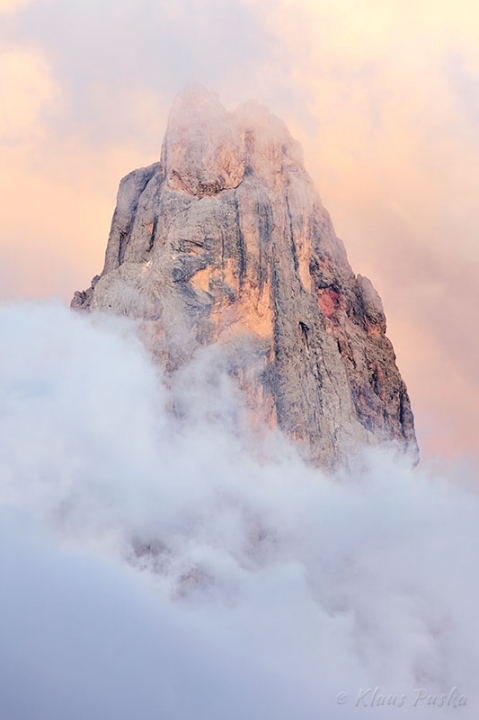
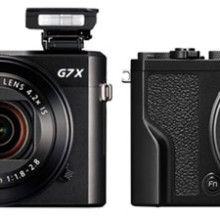

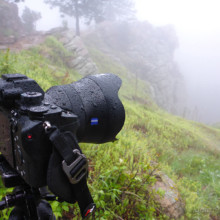
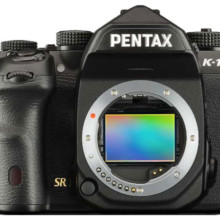
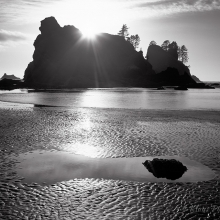
Leave A Comment